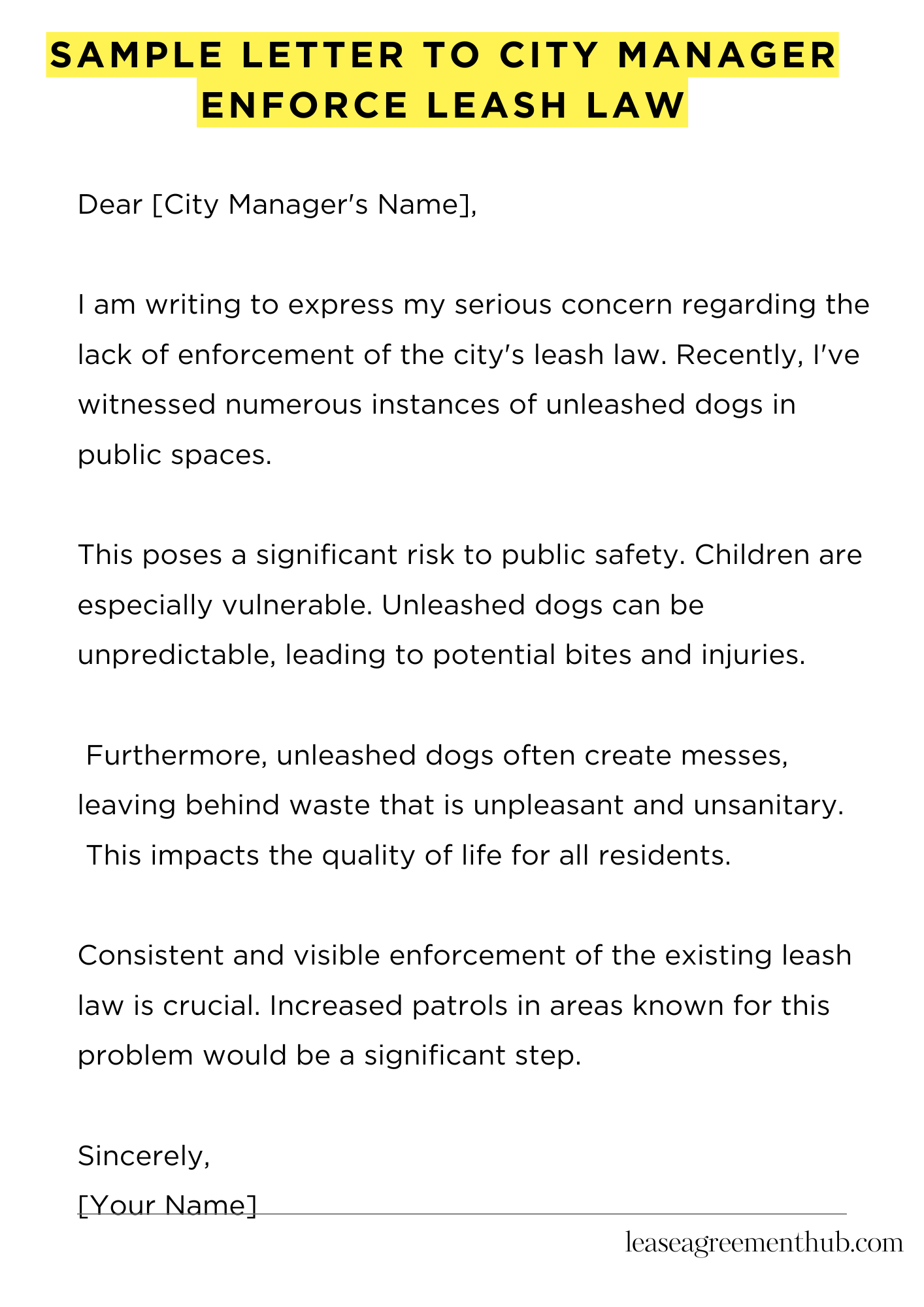Facing financial trouble? Need to reduce employee hours? A sample letter helps you communicate this professionally.
This article provides templates. These are examples of letters. They make writing your own easier.
Use these samples. Save time and stress. Communicate clearly and effectively.
sample letter to cut employee hours due to financial
[Your Company Letterhead]
[Date]
[Employee Name]
[Employee Address]
Dear [Employee Name],
This letter addresses a difficult but necessary change impacting your work schedule. Due to unforeseen financial challenges facing our company, we must implement temporary reductions in employee hours. This is not a reflection of your performance; your contributions to the team are valued.
The reduction will be effective [Start Date]. Your new schedule will be [Number] hours per week, down from your current [Number] hours. This change is expected to last approximately [Duration]. We understand this alters your work-life balance, and we sincerely apologize for any inconvenience this may cause.
We are committed to keeping you informed throughout this process. We will reassess the situation regularly and will notify you immediately if any changes occur. We are exploring all possible avenues to restore your original hours as quickly as possible.
Your compensation will be adjusted accordingly to reflect the reduced hours. Your pay stub will clearly show the revised amount. We are available to answer any questions you may have. Please feel free to contact [HR Contact Person] at [Phone Number] or [Email Address] to discuss this further.
Thank you for your understanding and continued dedication to [Company Name].
Sincerely,
[Your Name]

How to Write a Sample Letter to Cut Employee Hours Due to Financial Constraints
Understanding the Gravity of the Situation
Reducing employee hours is a drastic measure, fraught with potential repercussions. It’s not a decision to be taken lightly. Before even considering composing the letter, ensure you’ve explored all other avenues for cost reduction. This necessitates a thorough financial audit and a comprehensive evaluation of all expenditure streams. Only after exhausting all other options should you proceed. This is crucial for maintaining employee morale and avoiding unnecessary legal entanglements.
Crafting a Compelling Narrative
The letter’s success hinges on its ability to convey empathy and transparency. Avoid obfuscation; be forthright about the company’s financial predicament. Explain the exigencies that necessitate this action. Use clear, concise language, eschewing jargon. Frame the situation as a temporary, albeit challenging, exigency, rather than a permanent state of affairs. This approach fosters a sense of shared adversity.
Structuring the Letter for Maximum Impact
Begin with a polite and professional salutation. Immediately address the core issue: the reduction in working hours. Be precise. State the new schedule explicitly, avoiding ambiguity. Follow with a concise explanation of the financial difficulties facing the company. Offer any possible mitigating factors, such as potential for future hour increases or access to additional resources. Conclude with a professional closing, reiterating your appreciation for the employee’s contributions.
Addressing Potential Employee Concerns
Anticipate questions and concerns. The letter should proactively address potential anxieties about salary reduction and benefits. Clearly state the impact on compensation, outlining any adjustments to wages or benefits packages. Be transparent about the duration of the reduced hours. Offering a timeline, however uncertain, can alleviate some of the anxiety inherent in such a situation. Consider providing contact information for HR or relevant personnel.
Legal Considerations and Compliance
Navigating the legal landscape is paramount. Ensure your actions comply with all applicable labor laws and regulations. Consult with legal counsel to guarantee the letter’s compliance and mitigate potential legal risks. Failure to adhere to legal requirements could result in significant liabilities. This preemptive step is essential for protecting the company and avoiding future litigation.
Sample Letter Framework
[Employee Name]
[Employee Address]
[Date]
Dear [Employee Name],
[Body of Letter: Clearly and concisely explain the financial situation and the need for reduced hours. State the new schedule. Address compensation and benefits changes. Express appreciation for their continued service.]
Sincerely,
[Your Name/Company Name]
Review and Refinement: A Crucial Step
Before dissemination, meticulously review the letter. Ensure clarity, accuracy, and a professional tone. Seek feedback from a trusted colleague or supervisor. A second pair of eyes can often catch oversights or areas needing improvement. This final check ensures the letter effectively conveys the intended message, minimizing misunderstandings and potential conflict. Proofread for grammatical errors and typos; these detract from professionalism.
FAQs about sample letter to cut employee hours due to financial
What should I include in a letter reducing employee hours due to financial difficulties?
A letter reducing employee hours should clearly state the reason (financial hardship), the effective date of the reduction, the new number of hours, and any impact on compensation (e.g., reduced pay, adjusted benefits). It should also express empathy and, where possible, outline any plans for the future or potential for restoring hours.
How can I ensure the letter is legally sound?
Consult with legal counsel to ensure compliance with all applicable labor laws and regulations. The letter should be reviewed to ensure it doesn’t violate any employment contracts or agreements. It’s crucial to avoid language that could be interpreted as wrongful termination or discrimination.
What if the employee refuses the reduced hours?
If an employee refuses the reduced hours, the potential consequences depend on your employment contract and local labor laws. Options might include exploring alternative arrangements, offering severance, or, as a last resort, termination. Documentation of all communication and offers is crucial.
How can I soften the blow and maintain a positive employee relationship?
Maintain open and honest communication. Express your appreciation for their contributions and explain the temporary nature of the reduction, if possible. Offer support and resources where feasible, and be prepared to answer questions honestly and respectfully.
What are some examples of phrasing to use in the letter?
Avoid accusatory or negative language. Use phrases such as “due to unforeseen financial challenges,” “temporary reduction in workload,” or “adjustments to our operational structure.” Focus on the temporary nature of the change and the company’s commitment to its employees.
Related: